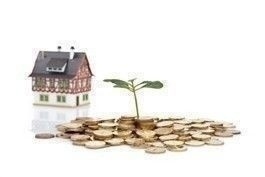Boulder Nightlife
Work hard, workout hard, then play even harder. That seems to be the creed of so many locals who help keep the after-dark scene in Boulder thriving with places to indulge, relax and unwind.
There are two main areas in Boulder where the selection of bars and clubs are concentrated: The Hill and downtown’s Pearl Street. While each have a distinctive flavor of nightlife, both guarantee a characteristic only-in-Boulder evening.
The Pearl Street Area
For many, Boulder nightlife revolves around downtown, with a hugely diverse number of bars and clubs found up and down Pearl Street and the blocks surrounding it. Kick back in a cozy brewpub or beer-centric bar such as the West End Tavern, The Walnut Brewery or the Mountain Sun. Sip prohibition-era cocktails at the speakeasy-themed Bitter Bar or the ingredient-obsessed Salt. Or go underground to a satisfyingly dive-y spot like The Catacombs or the Sundown Saloon. Don’t forget to check the lineup at the historic Boulder Theater; many big-name musicians love to make a stop in Boulder, and the Boulder Theater is often their venue of choice.
The Hill
The Hill is located next to the University of Colorado campus and consequently has a boisterous, student-centric nightlife scene. Beer-and-pizza institutions such as The Sink, where every inch of the walls are scrawled with graffiti contributed by guests, join swankier newcomers such as Hapa Sushi Grill & Sake Bar. At the heart of it all is the Fox Theatre, a legendary Boulder music venue that has been known to bring in both up-and-coming local and national acts as well as sell-out shows by bands such the String Cheese Incident, Rose Hill Drive, Cake and more.
Read the entire article here
720-771-9401
Search all Boulder homes for sale


